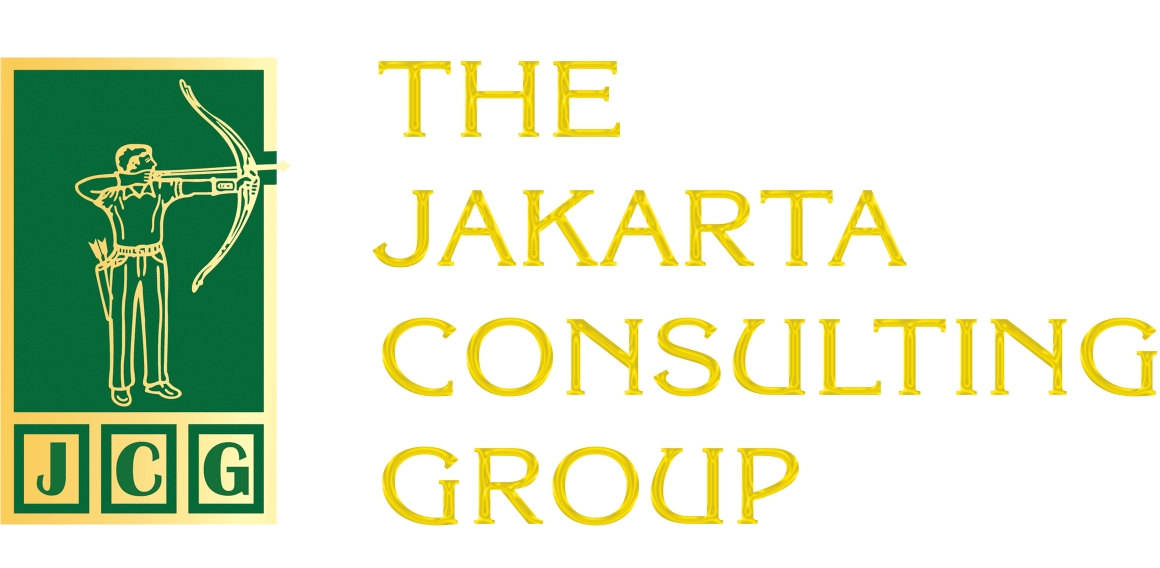Amidst the ever-changing dynamics of business, the debate over the ideal corporate culture—between a spirit of competition or a spirit of collaboration—is becoming increasingly prominent. Each approach has its own loyal advocates. On the one hand, competition is believed to spur innovation and peak performance. On the other hand, collaboration is considered the foundation of creativity and long-term business sustainability. However, the experience of many organizations shows that the solution does not lie in choosing one or the other, but in finding a balance that is in line with strategy, core values, and market conditions.
Recognizing the Dual Nature of Corporate Culture
A competitive culture is based on the belief that individuals or teams will give their best when driven by the desire to excel. This type of environment prioritizes achievement, targets, and recognition. Employees in this type of culture are usually motivated by performance-based reward systems, rankings, or opportunities to demonstrate their abilities above their peers. This model is commonly found in sectors that prioritize speed, innovation, and individual excellence—such as investment banking, the creative industry, or technology startups.
Meanwhile, a collaborative corporate culture emphasizes teamwork, knowledge sharing, and celebrating shared success. Here, collective intelligence is valued more than individual achievement. Employees support each other and work toward a shared vision. This approach is suitable for fields that rely on long-term relationships, service quality, or problem-solving that involves various functions—such as healthcare, education, or the design industry.
If taken to extremes, both cultures can be detrimental. Excessive competition risks creating a toxic work environment and burnout. Conversely, uncontrolled collaboration can lead to “groupthink,” slow decision-making, or a blurring of responsibilities. The biggest challenge for leaders is to blend the best of both perspectives to create a corporate culture that is balanced, adaptive, and capable of fostering both performance and togetherness.
Two Sides of Competition: Driver or Hindrance?

It cannot be denied that a competitive spirit can drive productivity. Proportional competition can spark innovation and encourage people to exert their full potential and abilities. This kind of climate creates a dynamic and focused work environment and becomes part of a corporate culture that fosters a spirit of achievement. Employees who are suited to a competitive culture usually have high ambitions and a strong mentality.
However, when competition becomes unhealthy, it leads to mutual suspicion and individualistic attitudes. Employees may be reluctant to share information, or even try to undermine their own colleagues in order to stand out. The fear of failure overpowers the spirit of achievement.
The story of the “stack ranking” system that Microsoft implemented in the 2000s is a valuable lesson. At that time, employees were assessed based on a bell curve, which actually stifled collaboration, hindered innovation, and lowered work morale. Eventually, the system was abolished because it was deemed no longer relevant.
Healthy competition should be directed toward improving oneself, not defeating others. If companies can shift their focus from “surpassing colleagues” to “surpassing previous achievements,” they will create a culture of continuous growth, not endless competition.
Collaboration: Collective Energy and Its Challenges
Collaboration allows organizations to maximize their collective knowledge.
The most effective teams are not those made up of the smartest people, but those born out of an environment where every member feels comfortable expressing ideas, admitting mistakes, and taking risks without fear. This is the essence of true collaboration. Companies that implement collaboration well generally have a strong corporate culture, high employee engagement, faster problem-solving processes, and innovative breakthroughs that arise from cross-divisional collaboration. When each department shares insights and resources, the organization becomes more agile and adaptive. However, collaboration also has its drawbacks. Without clear mechanisms, collaboration can turn into an “additional workload” that actually hinders progress.
Many meetings are time-consuming. As a result, there is little time to do in-depth work. Excessive collaboration also has the potential to blur accountability, slow down decisions, and make talented employees feel constrained.
So, should collaboration be rejected? Of course not. However, collaboration must be managed intelligently to ensure that every collaboration produces tangible results and that each individual continues to have clear responsibilities.
The Right Balance: Combining the Spirit of Competition and the Power of Collaboration
The ideal corporate culture is one that balances a competitive spirit with a collaborative spirit. The key is to compete externally to excel in the marketplace, while working together internally to achieve common goals. This mind-set fosters a sense of teamwork, while still valuing the unique achievements and contributions of each individual.
How can this right balance be created?
1. Align competition with the company’s vision and mission
Avoid creating competition between departments, units, divisions, or whatever you want to call it. Instead, set collective goals—such as customer satisfaction or innovation targets—that require cross-team collaboration. Individual achievements should be recognized, but always within the framework of team success.
2. Design a smart incentive system
The reward system will shape employee behaviour and reflect the company culture. If incentives are only individual, competition will intensify. Conversely, if they are only team-based, personal accountability may weaken. The best solution is to combine the two: reward team achievements and recognize outstanding individual contributions.
3. Foster psychological safety
Even in a competitive environment, employees must feel safe to voice their opinions or take risks. Encourage “respectful competition”—where honesty, transparency, and constructive feedback are valued more than simply winning at all costs.
4. Encourage healthy and positive competition

Internal competition can be a motivator, as long as it is framed as a learning tool and part of a healthy corporate culture. Events such as innovation competitions can spark enthusiasm without undermining cooperation, especially if each team is encouraged to share the lessons they learned afterwards.
5. Strengthen cross-team collaboration
Break down barriers between departments by encouraging collaboration on projects or role rotation programs. Knowledge-sharing sessions, mentoring programs, and joint problem-solving initiatives can strengthen a sense of unity, even when healthy competition is taking place.
6. Lead by example
A leader’s behaviour is a reflection of the team’s culture. A selfish or divisive leader creates an unhealthy competitive culture. Conversely, leaders who celebrate shared victories, acknowledge mistakes, and appreciate cooperation exemplify the desired corporate culture.
Ultimately, striking a balance between competition and collaboration is a leader’s job. It requires emotional intelligence, contextual judgment, and sensitivity to organizational dynamics. A leader must constantly monitor whether their team is caught up in unhealthy competition or is too complacent, and then adjust their approach accordingly.
Corporate culture is dynamic; it changes with business cycles and market pressures. During a crisis, collaboration may be prioritized. In times of growth, competition can be encouraged to spur innovation. The best leaders know when to push the right lever.
#competition #collaboration #corporate culture #rewards #collective intelligence #productivity #ambition #innovation #individualistic attitude #employee engagement #balance #sense of security #cross-team collaboration #leader











